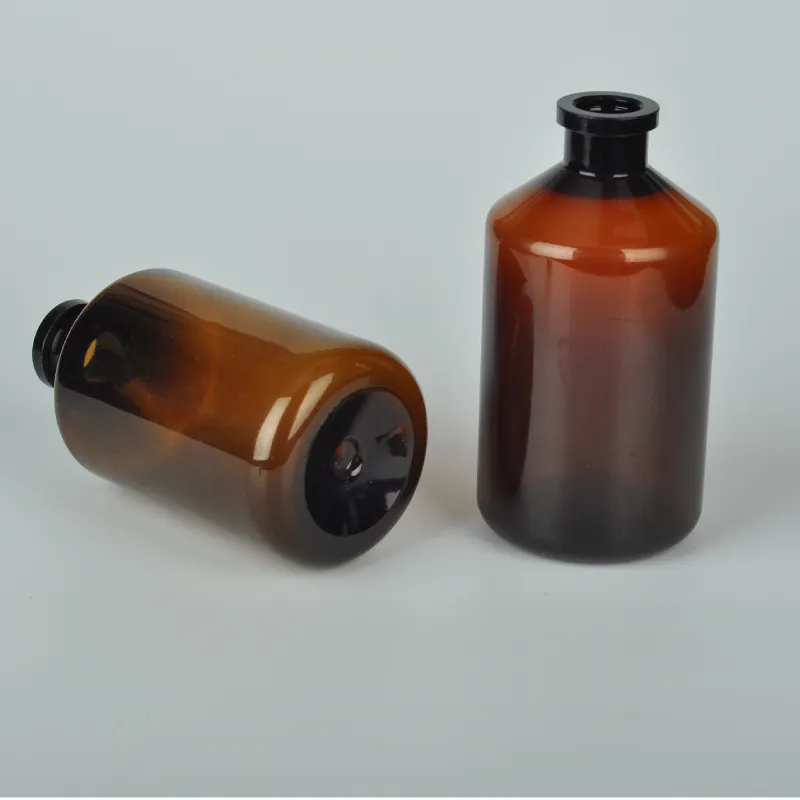https://www.wahmg.com/)">
Quality Tube Samples for Accurate Analysis
Quality Tube Samples for Accurate Analysis
Understanding Tube Samples A Comprehensive Overview
In the realm of laboratory analysis and research, the importance of sample collection cannot be overstated. Among various sampling techniques, tube sampling stands out due to its versatility and effectiveness in preserving the integrity of the specimens being tested. Tube samples are widely utilized across diverse fields including chemistry, biology, and environmental science. This article delves into the significance, methodologies, and applications of tube samples, providing insight into why they are an essential part of scientific research.
What are Tube Samples?
Tube samples refer to specimens collected and stored in tubes, typically made of glass or plastic. These samples can range from liquids, gases, to solids, allowing for a broad spectrum of testing capabilities. The tubes are designed to minimize contamination and degradation, making them ideal for precise measurements and analyses.
Importance of Tube Samples
One of the primary reasons tube samples are favored in laboratories is their ability to maintain the condition of the sample until analysis. For instance, they can be hermetically sealed to prevent exposure to air or contaminants, which is critical for chemical stability. This characteristic is particularly important in fields such as microbiology, where the viability of bacteria and viruses can be affected by environmental conditions.
Moreover, tube samples provide a controlled environment that can preserve the biochemical properties of the specimen
. This is particularly useful in medical diagnostics, where blood samples are often drawn into specialized tubes that contain additives to prevent clotting or degradation of cellular components.Methodologies for Tube Sampling
tube sample

The process of collecting tube samples varies based on the substance being tested. In blood collection, for example, a healthcare professional utilizes a sterile needle to draw blood into a vacuum-sealed tube. These tubes come with different additives, such as anticoagulants, to suit various testing requirements.
For environmental samples, such as soil or water, specific protocols must be followed to ensure that the samples are representative of the larger environment. Techniques like using clean containers and ensuring proper sealing are crucial in minimizing contamination.
Applications of Tube Samples
Tube samples find application in a myriad of areas. In clinical laboratories, they are indispensable for routine diagnostic tests, including blood counts, metabolic panels, and infectious disease testing. Each type of test often requires a specific type of tube, tailored to the needs of the assay being performed.
In research, tube samples are crucial for experiments requiring controlled conditions. For instance, scientists studying the effects of temperature on bacterial growth would use tube samples to isolate variables and maintain consistent experimental conditions.
Environmental sampling also relies heavily on tube samples. Researchers can collect water or air samples in specific tubes designed to preserve the integrity of volatile compounds, enabling accurate analysis of pollutants or microbial content.
Conclusion
In summary, tube samples play a vital role in various scientific fields, providing a reliable method for specimen collection and storage. Their design enhances the accuracy of laboratory analyses, making them indispensable for both clinical and research applications. As science continues to advance, the methodologies surrounding tube sampling are likely to evolve, further enhancing their significance in achieving precise and reliable results. Understanding and utilizing tube samples is essential for any laboratory to ensure that research and diagnostics are conducted at the highest standards of quality.
-
Wholesale Plastic Juice Bottles with Caps 16 oz Options Available Bulk Packaging SolutionsNewsJun.10,2025
-
Laboratory Apparatus Reagent Bottle – Durable & Chemical Resistant Bottles for Safe StorageNewsJun.10,2025
-
Squeezable Dropper Bottles Durable, Leak-Proof & CustomizableNewsMay.30,2025
-
Affordable Plastic Petri Plates Sterile & Disposable Lab-GradeNewsMay.30,2025
-
Eye Dropper Caps Precision 24/410 & Plastic Bottle-Compatible TipsNewsMay.30,2025
-
Affordable Mini Spray Bottle Price & Wholesale Deals Shop NowNewsMay.29,2025





















